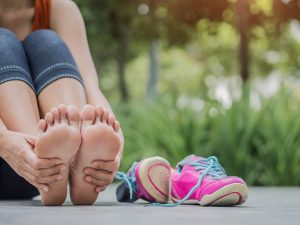
Edema is characterized by immense swelling as a result of excess fluid that is trapped in the body’s tissues. There are many types of edema. Peripheral Edema occurs in the feet, ankles, legs and hands, while Pedal Edema is more concentrated in the feet. Additionally, Pulmonary Edema develops when the lungs fill up with fluid and Pitting Edema is distinguishable if dimples are left in the skin once it is pressed on.
Generally speaking, Edema results in shiny and overstretched skin. One with Edema can find that their hands, ankles, feet, and or legs have appeared to double in size over night. This is no doubt an uncomfortable experience, and coupled with numbness, these symptoms can make it difficult to move and or breathe.
How To Avoid Edema
- Refrain from sitting for long periods of time. For example, Edema can be brought on from travel or during a particularly long recovery from surgery. If one is prone to swelling, they should be careful to avoid activities that require them to be immobile for a prolonged time period, such as plane flights. Additionally, standing for too long can also cause inflammation.
- As salt causes the body to retain water, limiting one’s sodium intake prevents Edema. This often involves a change in diet. Refrain from processed fatty foods and opt for more vitamin rich fruits and vegetables instead.
- Drink more water. Drinking less water actually causes swelling. Staying hydrated keeps one’s body from holding on to excess water.
- Physical therapy and moving regularly through daily exercises can help properly disperse fluid found in the body’s tissues.
- Elevation and or massage have been found to be beneficial in moving any built up fluid.
- Utilizing compression socks prevents fluid from collecting in one’s lower extremities.
Treatment Options
Edema is often found during Pregnancy as one produces more fluids to support the developing baby. While this is normal, it should be carefully managed throughout one’s pregnancy.
Additionally, while there are many things one can do to avoid Edema, it could merely be a symptom of a much more serious underlying disease. For example, those with circulatory problems, heart disease, or kidney failure could be experiencing Edema and require a more in depth treatment plan when it comes to recovering.
If you feel you are suffering from Edema, you should consult with your doctor immediately. This will help to determine the severity, type, and treatment options best suited for you. It is also possible that the inflammation is a result of an injury, allergic reaction or side effect to a medication. So speak with your primary care physician to decide the best course of action.
Dr. Stacie Grossfeld is a trained orthopedic surgeon who is double board-certified in orthopedic surgery and sports medicine. If you feel that you are suffering from abnormal swelling, or have symptoms that align with edema, reach out to Dr. Stacie Grossfeld today. You can contact her by using the contact form on her website or by calling 502-212-2663 today!


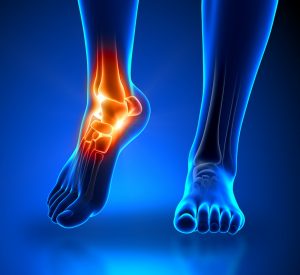
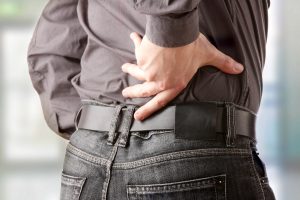


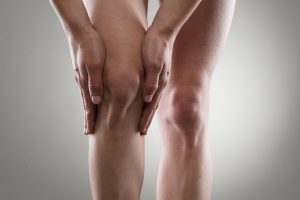
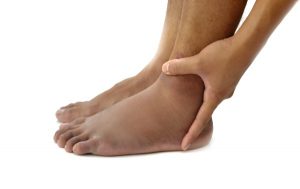 Edema is a medical terms that refers to swelling caused by the body holding onto fluid.
Edema is a medical terms that refers to swelling caused by the body holding onto fluid.  Yoga originated in ancient India and includes a wide variety of schools and practices. The goals of these schools and practices vary, as well. With the recent rise in interest in yoga in the Western world, more goals and benefits of yoga are being discovered including health benefits and rehabilitation benefits. Recently, it was discovered that some yoga poses even help orthopedic issues including frozen shoulder.
Yoga originated in ancient India and includes a wide variety of schools and practices. The goals of these schools and practices vary, as well. With the recent rise in interest in yoga in the Western world, more goals and benefits of yoga are being discovered including health benefits and rehabilitation benefits. Recently, it was discovered that some yoga poses even help orthopedic issues including frozen shoulder. Swimming is a wonderful way to enjoy the summer time. Whether you’re going to the beach, lake, or pool — swimming is a fun way to exercise and keep cool during the hot months. However, swimming doesn’t have to be an activity you only partake in when the sun is out and the weather is warm. Most gym memberships feature swimming pool perks and the local YMCAs in Louisville, KY have indoor pools which make it possible to swim year-round.
Swimming is a wonderful way to enjoy the summer time. Whether you’re going to the beach, lake, or pool — swimming is a fun way to exercise and keep cool during the hot months. However, swimming doesn’t have to be an activity you only partake in when the sun is out and the weather is warm. Most gym memberships feature swimming pool perks and the local YMCAs in Louisville, KY have indoor pools which make it possible to swim year-round.
Recent Comments